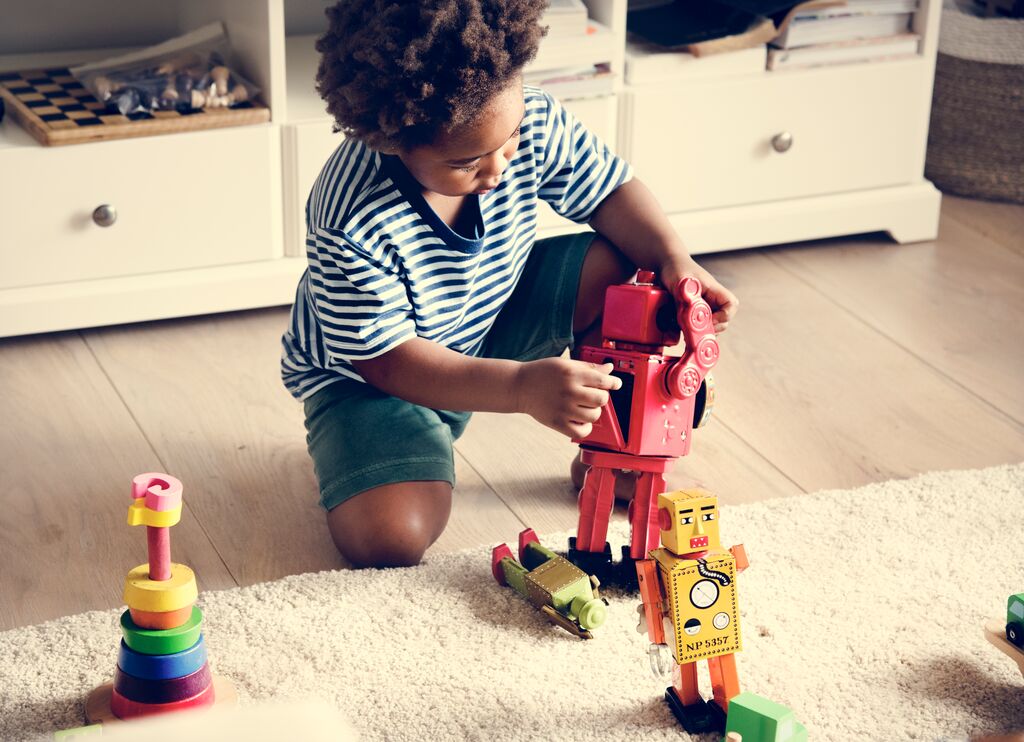
The Role of Technology in Early Learning: Best Practices and Activities [Part-2]
Incorporating technology into early childhood education requires a thoughtful and balanced approach that ensures learning remains developmentally appropriate, engaging, and interactive. There are numerous applications within a preschool environment ranging from smart cameras with AI overlays, to parent communication apps that truly foster a parent community due to best in class features, to the in classroom tools that are now coming of age and finding new applications everyday.
When used effectively, technology enhances preschool education by supporting cognitive, social, and creative growth while complementing hands-on experiences. This must of course be balanced carefully against the potentially harmful and habit forming characteristics of such tools. To maximize its benefits and minimize the downsides, technology should promote active participation, curiosity, and meaningful learning.
Below are the most effective educational approaches, digital tools, and technology-assisted activities to enrich preschool learning experiences both inside and outside the classroom.
Interactive Learning Technologies
Smartboards and Interactive Displays in the form of large touchscreen boards support visual, auditory, and kinesthetic learners with animations, and hands-on activities. They can, in the hands of an effective educator or caregiver, encourage collaborative learning and participation through digital storytelling and interactive lessons.
Tablets and Learning Apps
Age-appropriate apps on tablets provide interactive games, storytelling, and tools that promote literacy, numeracy, and problem-solving skills. These apps also enable individualized learning tailored to each child's progress.
Screen-Free Coding Robots (STEM and Computational Thinking)
Tools like Bee-Bot and Cubetto introduce basic coding concepts through play, fostering logical thinking, sequencing, and problem-solving. These activities build computational thinking and creativity without relying on screens.
Augmented Reality (AR) Learning
AR apps bring stories, science, and nature to life in 3D for older preschoolers, creating immersive learning experiences. Children can interact with virtual objects and characters, enhancing engagement and curiosity.
Digital Storytelling and Creative Expression
Digital storytelling apps encourage language development, comprehension, and imagination. Many multilingual options support bilingual learners and foster creativity as children interact with and create their own stories.
Music, Photography, Video, and Art Creation Tools
Apps for music, photo, video, and art creation allow children to experiment with sounds, colors, and images. These tools encourage self-expression, creativity, and fine motor skills while enabling children to save and share their creations.
Virtual Field Trips and Exploratory Apps
Platforms like Google Expeditions and National Geographic Kids offer immersive virtual trips to museums, rainforests, and outer space. These experiences connect classroom themes to real life, fostering curiosity and world knowledge.
Science and Nature Exploration Apps
Interactive apps help children explore ecosystems, weather patterns, and animal life, promoting environmental awareness and observation skills. These tools encourage early scientific inquiry and a sense of wonder about the natural world.
Digital Block-Building and Engineering Apps
For children 4 and above, apps like LEGO Duplo World and Thinkrolls allow children to experiment with construction and problem-solving in a virtual space. These tools develop spatial reasoning and creativity in a risk-free environment.
Physical Engineering and Construction Play
For older preschoolers, combining traditional age appropriate building toys like LEGO with interactive design challenges or QR-coded blueprints introduces basic engineering principles. Activities encourage collaborative play and teach concepts like balance and stability.
STEM Kits with Technology Integration
Kits like Snap Circuits integrate engineering challenges with coding and robotics, helping children develop logical thinking, patience, and creativity. These hands-on activities reinforce a growth mindset through experimentation and problem-solving.
Digital Learning Journals and Parent Communication Apps
While not immediately associated as ‘technology’, Center Management platforms like Kido Famly allow teachers to document children’s progress through photos, videos, and notes. These journals keep parents informed and encourage reflection as children narrate their experiences. This ongoing engagement can be just as important to early childhood development education as best in class pedagogy.
Video Calls and Global Connections
Programs like Kido Zoom Club connect children with peers worldwide, enhancing social skills, cultural awareness, and language development. Virtual discussions promote curiosity and cross-cultural understanding.
Technology as a Catalyst for Meaningful Learning in Early Childhood
As we navigate the 21st century, technology is reshaping how children learn, engage with the world. Thoughtfully integrated it enhances cognitive, emotional, and creative development while offering personalized learning experiences. However, technology in preschool should complement—not replace—traditional hands-on exploration and social interactions.
By leveraging tools like coding robots, digital storytelling apps, and virtual field trips, educators can help children build foundational skills for a future that demands digital literacy. Thoughtful integration fosters curiosity, creativity, and confidence, equipping children with critical thinking and collaboration skills for lifelong learning.